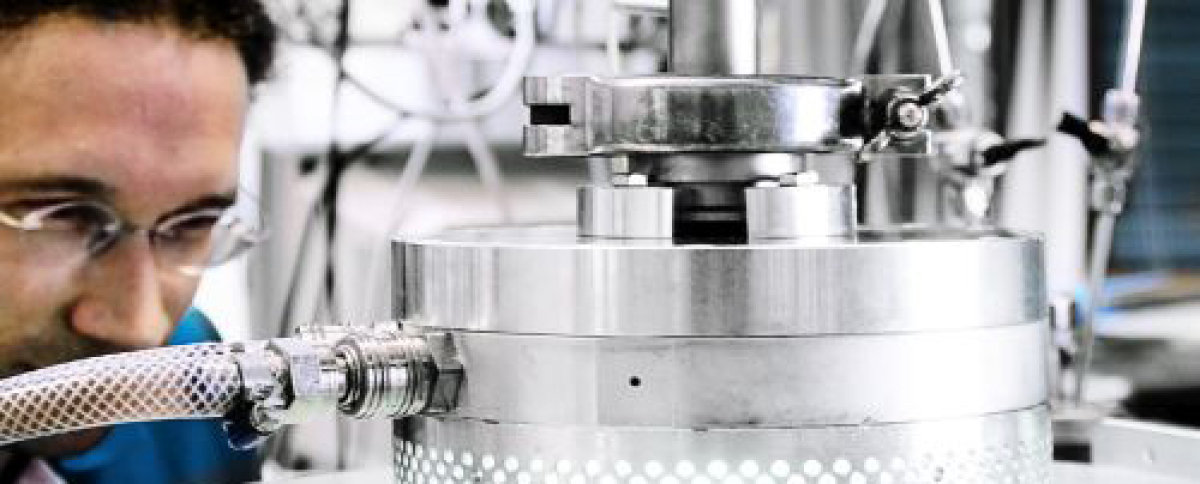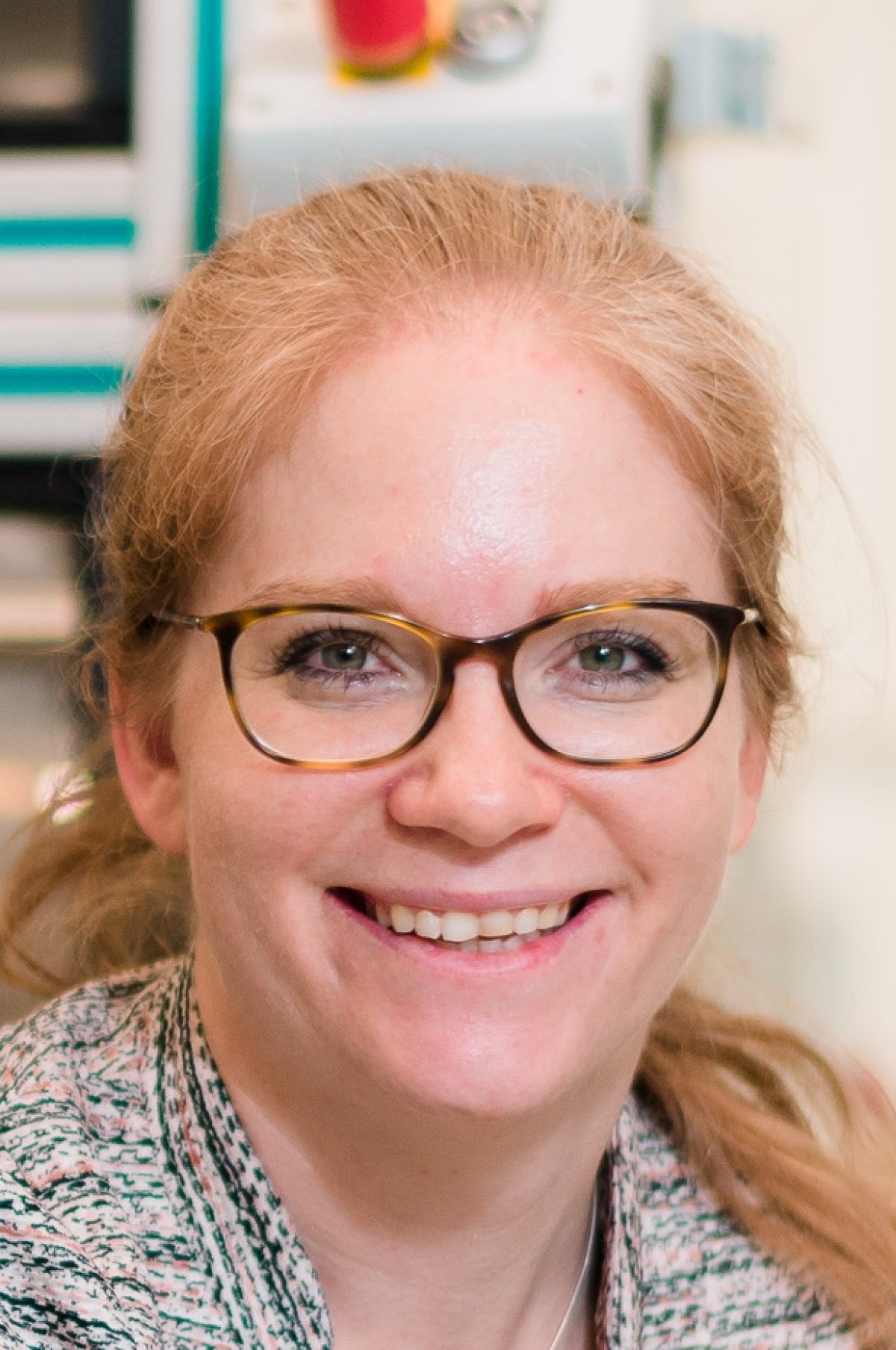Research: Processing
CURRENT RESEARCH
Functionalization and processing of nanoparticles.
GOAL
The direct dispersion of gas-borne nanoparticles in colloidal dispersions, as well as their functionalization and further processing using scalable methods to create functional coatings and bulk materials.

HIGHLIGHTS
- Modular coating system at the pilot-plant scale in »linked facilities«
- Picosecond laser system for large-surface microprocessing
- Broad portfolio of devices and equipment for processing and characterization at the laboratory scale
PRODUCTION OF COLLOIDAL DISPERSIONS
We do not generally process nanoparticles into bulk materials directly after their synthesis (by sintering, for example). Instead, they are first dispersed into a liquid. The production of a colloidal dispersion presents four distinct advantages: safe, easy handling, no aggregation of particles, better and more scalable further processing, such as in printing processes, and new possibilities for analysis and characterization.
Based on many years’ experience, we have outstanding expertise in matching solvents and nanoparticles to each other and in selecting the proper dispersion for each intended application. One important objective of our ongoing work is to transfer particles directly from gasphase synthesis to colloidal dispersions. The focus here is the scale-up of the processes to an industrial level. Ultimately, we aim to enable synthesis, dispersion, and where applicable, functionalization in one integrated process.
FUNCTIONALIZATION
Functionalization yields nanoparticles for subsequent processing, and thus determines the processability of the particles and the resulting properties. Therefore, understanding and implementing this step is of fundamental importance. Combined properties (e. g., core / shell) can be obtained using specific organic compounds on the particle surface. Introducing polymers into the liquid enables us to further influence the structure of the dispersion and to achieve stable hybrid materials.
PROCESSING
We use printing, pressing, and sintering techniques along with plasma and laser methods to process powders, dispersions, composites, and hybrid materials into nanostructured functional coatings and bulk materials. We also have at our disposal a variety of other methods for transferring the dispersion into large-area coatings – these include printing, spraying, casting, precipitating, and evaporation. We have a variety of equipment for this purpose, ranging in size from laboratory scale to a modular coating system at the pilot-plant scale. These coatings can be modified in a highly targeted way using laser and plasma processing. We then comprehensively characterize the density, porosity, nanostructure, mesostructure, wetting behavior, and other properties of the resulting nanohybrid material. The facilities at NETZ are organized to reflect the process chain: our »linked facilities« connect laboratories for synthesis, dispersion, functionalization, and processing of nanomaterials directly with each other, enabling the actual process chain to be fully implemented onsite.
- Dr.-Ing. Niels Benson (laser and material processing, thin coating process)
- Prof. Dr.-Ing. Stephan Barcikowski (nanoparticle/polymer compositese)
- Prof. Dr. Jochen Gutmann (functional polymer coatings)
- Dr. Sebastian Hardt (Process Development, Scale-Up)
- Dr.-Ing. Stefan Haep, IUTA (nanoparticle deposition)
- Prof. Dr.-Ing. Einar Kruis (thin coatings of functional nanoparticles)
- Dr. Sven Reichenberger (size and surface modification, defect engineering)
- Prof. Dr. Roland Schmechel (various thin coating processes)
- Prof. Dr. Doris Segets (formulation of functional nanomaterials, printing technologies)
- Prof. Dr. Mathias Ulbricht (surface functionalization and nanocomposites)
- Apl. Prof. Hartmut Wiggers (nanoparticle synthesis and deposition)
- Prof. Dr. Markus Winterer (processing of functional nanomaterials)
- Dr. Nicolas Wöhrl (chemical gas-phase deposition)

Contact person
Prof. Dr.
Doris Segets
Tel.: +49 203 379 8230
E-Mail: doris.segets@uni-due.de
Website: https://www.uni-due.de/ivg/segets-group/index.php

